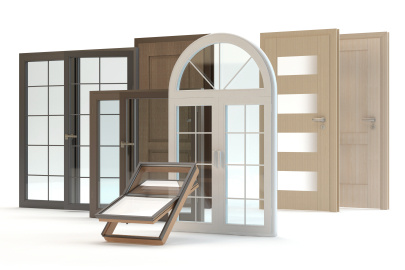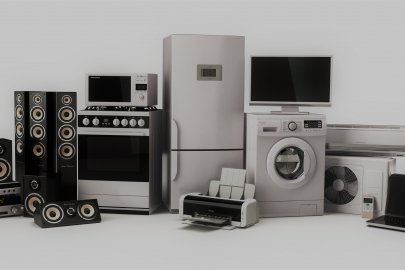May and June are typically the peak months for purchasing homes. If you’re looking for a new place to live, you likely have a number of “boxes” you’d like to check, such as the number of bedrooms and bathrooms, how much storage space is available, certainly the cost of your rent or mortgage, taxes, and perhaps a yard or close proximity to public transportation—all important items for sure. But what about the estimated cost of your future energy bills?
The annual energy bill for a typical single family home is $2,060, so factoring in energy efficiency aspects as you prepare to move can help you make informed decisions to meet your energy needs. Beyond the standard walk-through and home inspection report, a Home Energy Score and a home energy assessment will give you a more complete and credible picture of a home’s energy use. Below are a few important aspects of your future home’s energy use to take into account.
Factoring in energy efficiency aspects can help you make informed decisions to meet your energy needs.
Appliances
Appliance use makes up a significant portion of your electric bill. Replacing older appliances like these with ENERGY STAR-rated appliances is a choice that could be more expensive at first, but could reduce your annual energy costs.
If a refrigerator is from 2000 or earlier, a new ENERGY STAR certified model will cost more upfront but may use just half the electricity. When comparing new refrigerators, ENERGY STAR-certified models are about 9% more energy efficient than non-certified models, though they tend to have a higher sticker price. ENERGY STAR-certified dishwashers are about 12% more efficient than non-certified models.
Windows
Windows can be a major draw. They let in light and provide views. However, they can also be a major energy waster. Old or inefficient windows can let cold air encroach in winter and conditioned air escape in summer. Windows strongly influence the effectiveness of your home’s most basic energy services – heating, cooling, lighting, and ventilation – which together account for about two-fifths of a building’s energy use.
When shopping for a living space, look for double-paned windows with “low-e” coatings. And check for weatherstripping, which helps seal in your home’s climate. If it’s much warmer or colder outside when you are inspecting a living space, run your hand around the window edges to feel for air leaks—hot air coming in in summer or cold air in winter may signal higher energy bills ahead.
Daylight and views aside, ventilation and heat from the sun can make a significant impact on your home’s energy efficiency. If your windows are letting in too much hot air, your central air conditioner is going to work much harder to cool your home in the summer. If they’re letting in too much cold air in winter, your furnace will be working harder as well.
Insulation
Properly installed insulation in walls, floors, and attics helps keep your home or apartment comfortable in any season. Finding out if the insulation meets most recent building code and whether the building envelope is well sealed can help you compare the comfort of future living spaces you’re considering.
R-Value is the thermal resistance measurement used for insulation, indicating its resistance to heat flow. The higher the R-Value, the better the protection against heat and cold. Be sure to check the insulation levels in any home you are considering.
Heating and Cooling
The effort to heat or cool the air represents one of the largest energy expenses in any home. Here are ways to save on your energy bills, while staying comfortable year-round:
- If you plan to rent, consider a location that has a programmable or “smart” thermostat already installed.
- If buying, consider making an early investment in a smart thermostat. While they come with a higher upfront cost, they offer dynamic control of your heating and cooling. The result: savings on your energy bill.
- When home shopping, whether you plan to own or rent, ask to see the heating and cooling units. Ask questions about their age and upkeep.
Naturally, you’ve got a lot on your mind when you’re in the market for a new place to live. Fortunately, there are some tools like the Home Energy Score and a home energy audit–as well as the above considerations–that can help you simplify the task of comparing variables like comfort and energy costs before you make the big decision.
Subscribe to receive updates from Energy Saver, including new blogs, updated content, and seasonal energy saving tips for consumers and homeowners.




